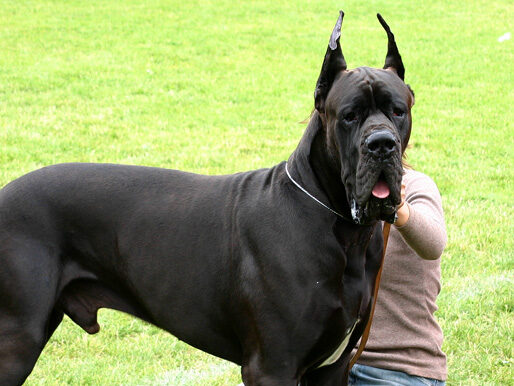15 Proven Strategies Trainers Rely On To Ease Aggressive Dogs
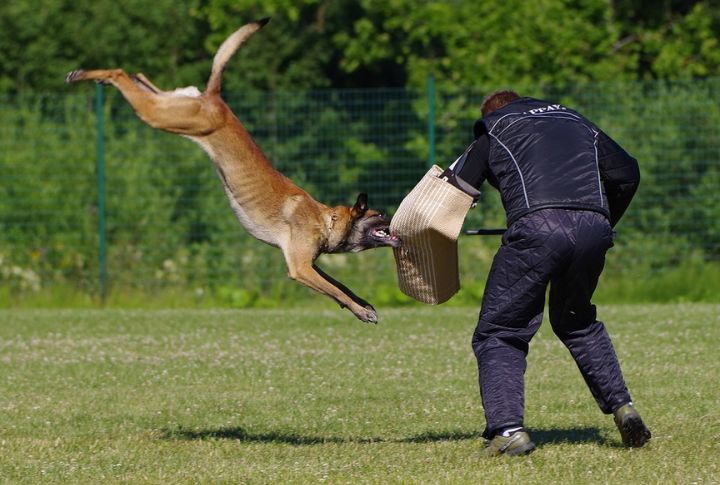
When dealing with an aggressive dog, it can get overwhelming for any dog owner. But the good news is, with the right techniques, aggression can be managed and even transformed into calm behavior. Trainers use powerful, proven tricks to help dogs stay relaxed, and many of these techniques might surprise you with how simple yet effective they are.
Redirect Focus with Commands
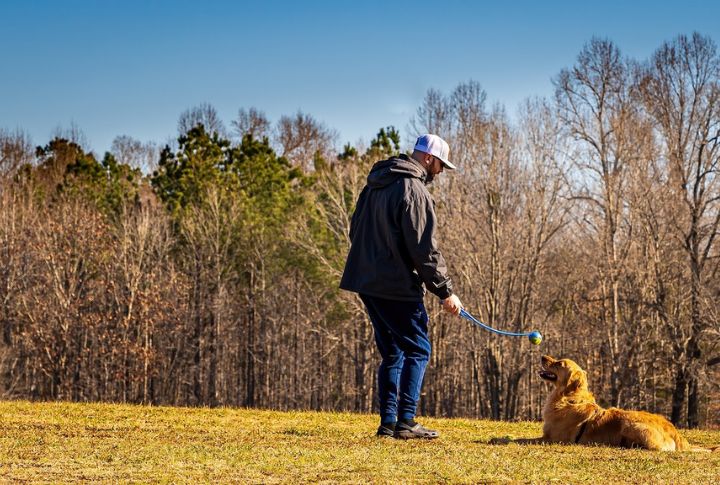
One of the most effective ways trainers calm aggressive dogs is by redirecting their focus with basic commands. Commands like “sit” or “stay” interrupt their aggressive state and shift their attention. Consistent practice of this method teaches the dog to respond to commands instead of reacting aggressively.
Establish Leadership Through Structure
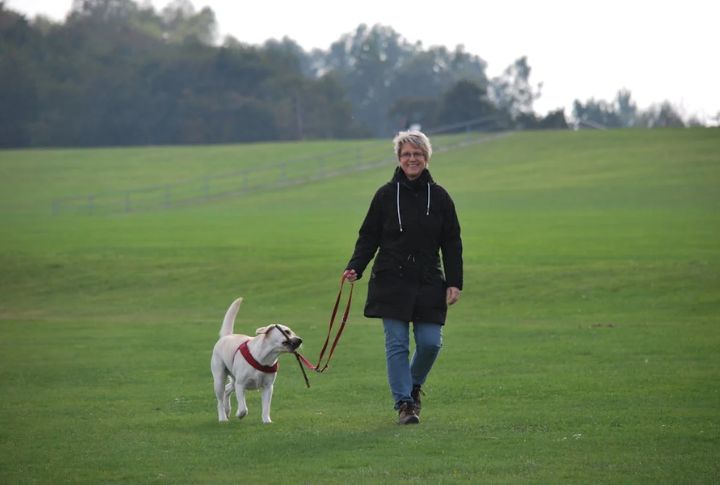
Trainers know that a structured environment helps dogs feel safe. Implementing routines and setting clear boundaries, like designated mealtimes or walks, assures the dog that you are in charge. Dogs thrive on routine, and establishing this structure diminishes aggressive tendencies.
Desensitization to Aggressive Triggers
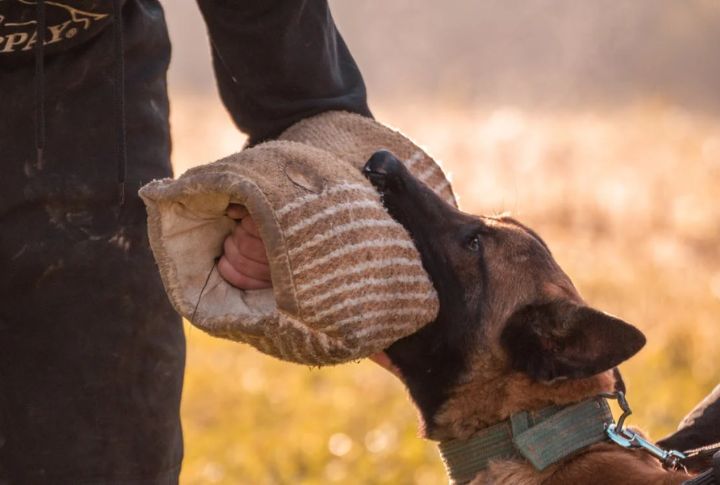
Gradual exposure to the things that cause aggression can be a game-changer. Trainers use desensitization by exposing the dog to its trigger in controlled doses. Slowly, the dog becomes less reactive, learning to stay calm even when faced with what once made them aggressive.
Use of Muzzles in Safe Settings
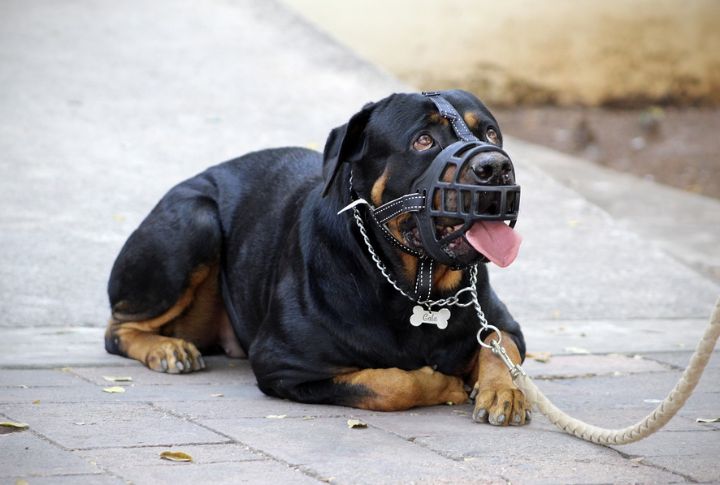
While muzzles might seem like a harsh approach, they are often used by trainers to ensure safety while working on calming aggressive dogs. It’s a temporary tool that allows dogs to be in potentially triggering environments without risking injury. Over time, the muzzle becomes unnecessary.
Positive Reinforcement Training
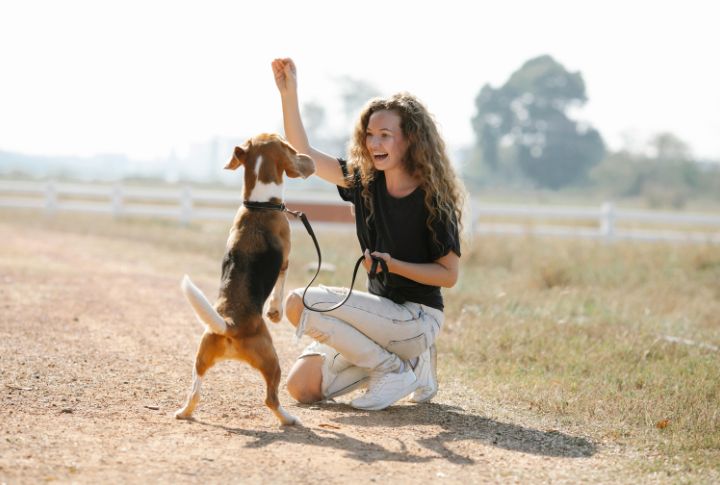
Trainers rarely use punishment-based tactics. Instead, they use positive reinforcement to reward good behavior. When dogs associate calm, non-aggressive behavior with treats, they are more likely to repeat that behavior. It’s a powerful motivator that builds a trust-based relationship.
Behavior Modification Techniques
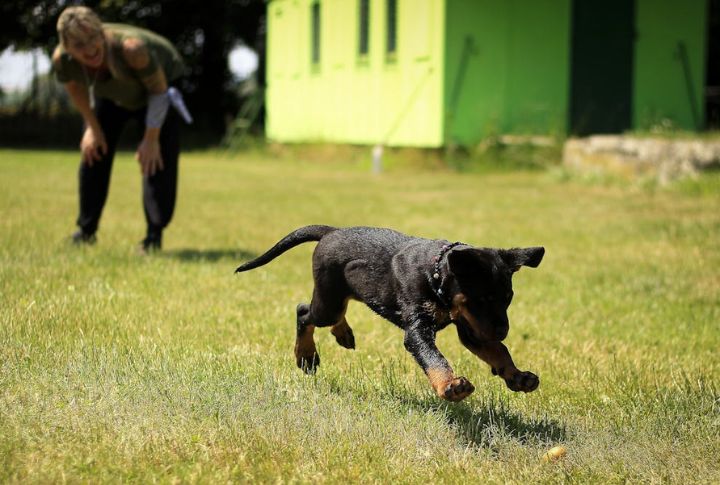
Behavior modification targets aggressive behavior by altering the dog’s response. Through repetition and rewards, trainers change how a dog reacts to certain stimuli. This method is primarily effective for dogs that show aggression due to fear or past trauma, helping them develop new, calmer associations.
Ensure Mental and Physical Stimulation
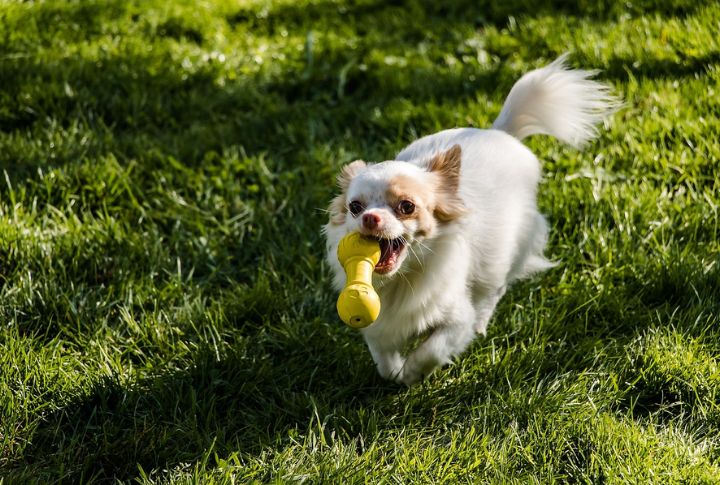
A bored dog is more likely to act out aggressively. Trainers make sure dogs get plenty of physical exercise and mental stimulation through games, toys, and puzzle feeders. This not only drains excess energy but also keeps the mind engaged, reducing the likelihood of aggression.
Create Calm with Relaxation Exercises
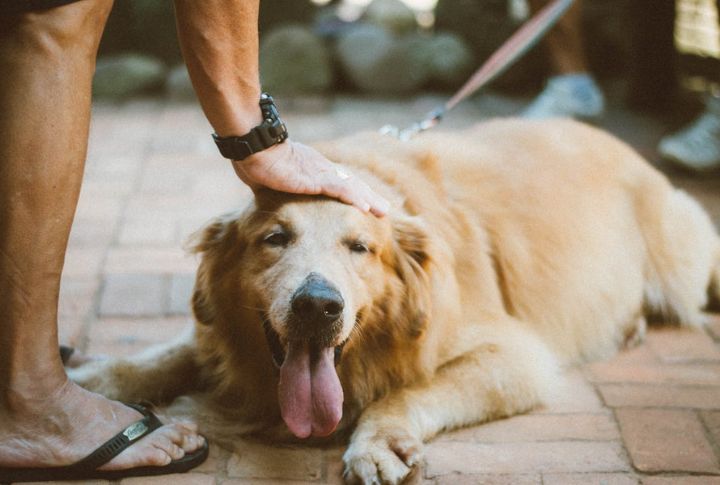
Trainers often teach relaxation techniques to help aggressive dogs calm down. Deep breathing exercises for dogs, or simply teaching them to lie down on command, are easy but effective tools to reduce anxiety-driven aggression. Regular practice of these tricks allows the dog to self-soothe, promoting calmness in stressful situations.
Use of Professional Behaviorists
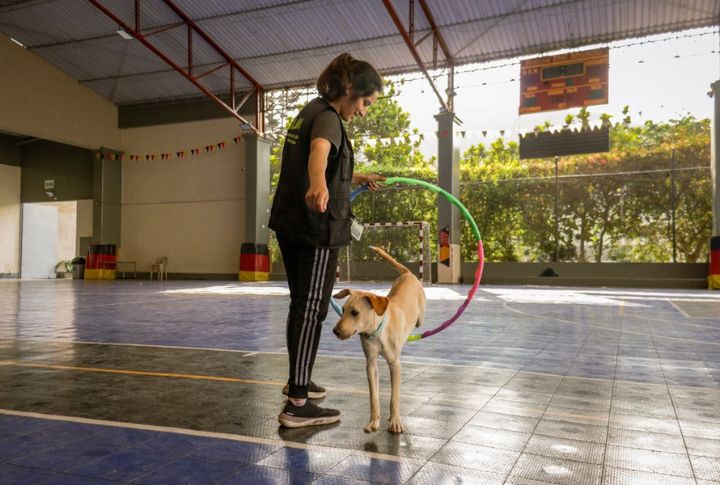
In extreme cases of aggression, trainers may collaborate with professional animal behaviorists. These specialists conduct thorough assessments and create detailed behavior modification plans, helping to address deep-rooted aggression in dogs. With their expertise, they tailor interventions based on the dog’s specific triggers and behavioral history, ensuring a more personalized and effective approach.
Crate Training for Aggression Management
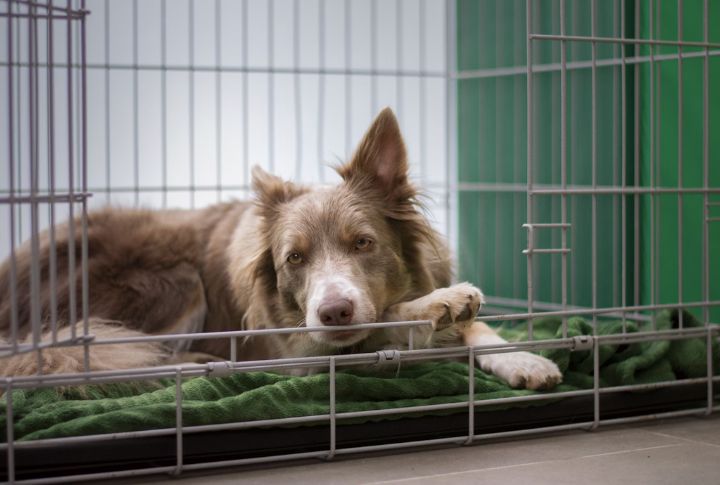
Crates provide a safe, den-like space for dogs to retreat to when feeling overwhelmed. Trainers use crates to help manage aggression by giving the dog a designated “safe space.” Over time, the crate becomes a refuge that helps the dog feel more safe and reduces stress in unfamiliar or chaotic situations, promoting a sense of calm and safety.
Leash Control and Body Language
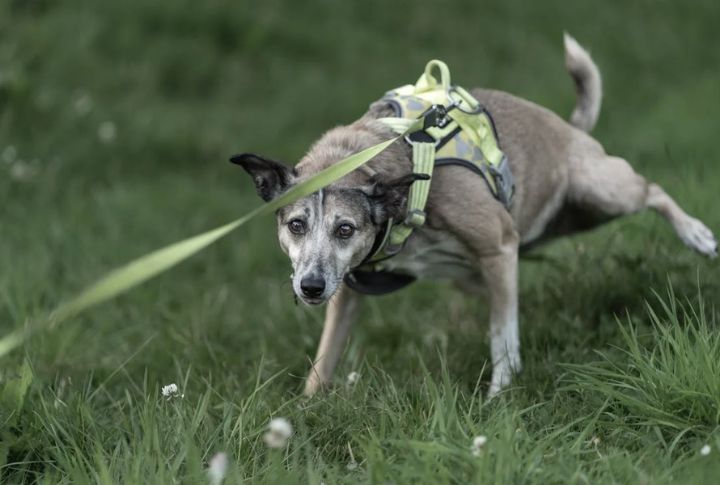
Aggression often escalates with poor leash control or when a dog picks up on human anxiety. Trainers focus on leash control and body language to send the right cues. Maintaining calm, firm body language and using a short leash reduce a dog’s aggressive responses in high-tension situations, creating a sense of leadership and stability that the dog can rely on for guidance.
Stay Calm in the Heat of the Moment
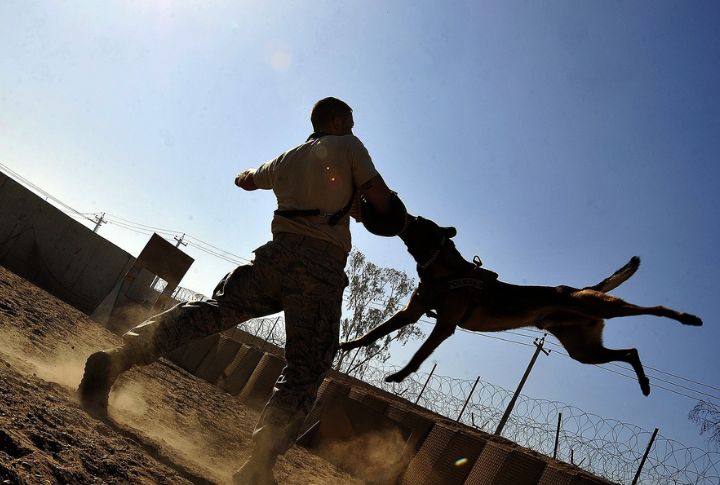
Trainers remain calm and assertive in the face of aggression. Dogs feed off human energy, and reacting with panic or anger can exacerbate aggression. By staying composed, trainers model the kind of behavior they want to see from the dog. The steady demeanor helps the dog learn to mirror calmness, reducing the likelihood of aggressive outbursts.
Keep Consistency in Training
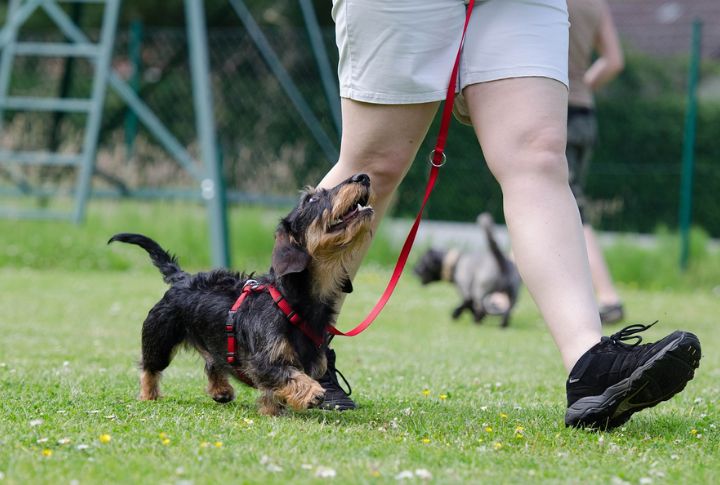
Consistency is key in calming aggressive behavior. Trainers maintain a regular schedule for training sessions, discipline, and rewards. Dogs flourish with consistency, and knowing what to expect helps them stay calmer and less reactive. This structured approach also builds trust and reinforces positive behavior, making it easier for the dog to adapt and remain steady.
Medication as a Last Resort
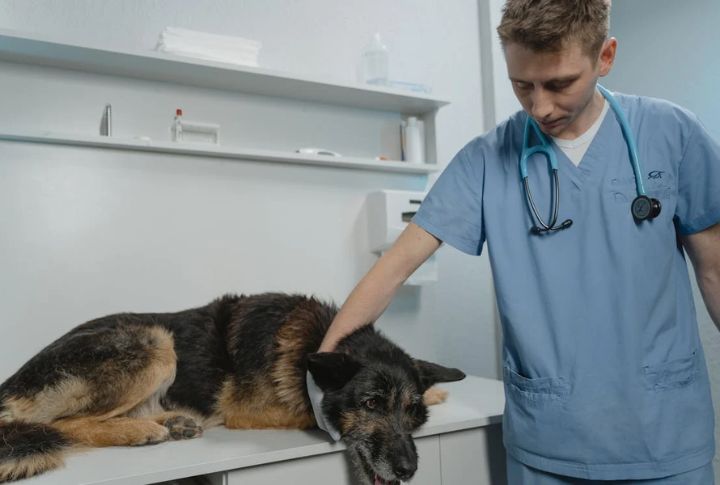
In severe cases, trainers work with veterinarians to prescribe medications that help manage aggression. This is a last resort, used when all other methods fail to calm the dog. Medications are often combined with behavior retraining for the best results. Additionally, ongoing evaluations ensure that the treatment remains successful and adjustments are made as needed.
Socialization with Calm Dogs
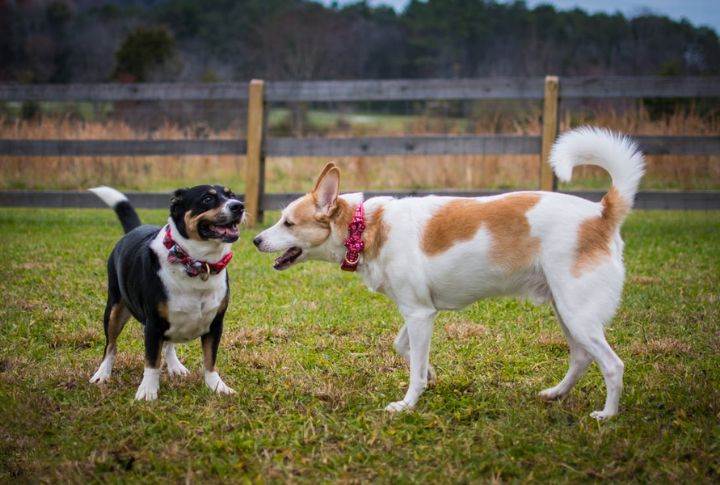
Dogs often learn from each other’s behavior. By exposing aggressive dogs to well-behaved, calm dogs in a controlled setting, they can observe, mimic, and adopt positive behaviors over time. Monitored socialization sessions help reduce aggression as the dog learns from the calm dog’s reactions, lowering stress, improving social skills, and building confidence in various environments.


